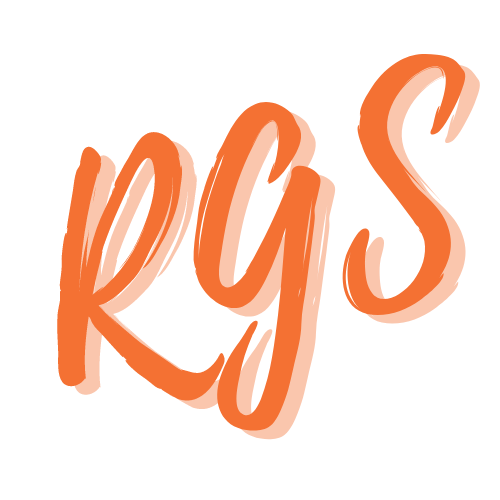Soap is a ubiquitous part of our daily lives - but have you ever stopped to think about it's history?
Soap has been a part of human civilization for thousands of years, and its use can be traced back to ancient civilizations such as the Babylonians, Egyptians, and Greeks. However, the process of cold process soap making, which involves mixing oils and lye at room temperature, is a relatively recent innovation.

The first recorded evidence of soap making dates back to ancient Babylon in 2800 BC. The Babylonians used a combination of water, alkali, and animal fat to create a soap-like substance that was used for cleaning and medicinal purposes. Over time, soap making techniques spread to other parts of the world, including Egypt, Greece, and Rome.

But before the development of cold process soap making, soap was typically made using a hot process method. This process our ancient ancestors used produced a hard soap that could be cut into bars. However, this process was time-consuming and required a lot of external heat, making it difficult to do on a small scale.
The first recorded use of the cold process method was in the 1700s in Europe, where soap makers began experimenting with the process to create a more gentle and moisturizing soap than its hot process counterpart. By using room temperature ingredients, they were able to preserve the natural qualities of the oils and produce a softer, more luxurious soap. The process of cold process soap making is very similar to the hot process method: it involves mixing oils and fats with an alkali, such as lye, to create a chemical reaction known as saponification. During this reaction, the oils and fats are transformed into soap and glycerin without the use of an external heat source. The soap batter can then be poured into molds, and after curing for 4-6 weeks, it’s ready to use!
One of the earliest examples of cold process soap making comes from Marseille, France, where soap makers began producing "savon de Marseille" in the early 1800s. This soap, made from olive oil and soda ash, quickly became popular throughout Europe for its mildness and purity.
In the late 1800s, the introduction of synthetic detergents led to a decline in the use of traditional soap, and cold process soap making fell out of favor. Companies such as Procter & Gamble and Lever Brothers began producing mass quantities of soap using the hot process soap method, adapted for industrial applications. However, there has been a recent resurgence of interest in cold process soap making due to the popularity of natural and handmade products. Consumers are becoming more aware of the chemicals and synthetic ingredients in commercial soaps, and are turning to handmade cold process soaps as a healthier alternative.

Today, cold process soap making has evolved into a complex and sophisticated art form, with soap makers using a wide variety of oils, fragrances, and colors to create unique and beautiful soaps. Many soap makers also use the process to create specialty soaps for different skin types, such as acne-prone or sensitive skin.
At Rashguard Soap, we are proud to use the cold process method to create our handmade soaps. By carefully selecting high-quality oils and natural ingredients, we are able to produce soaps that are gentle, nourishing, and luxurious. So if you're looking for a soap that is both effective and environmentally friendly, look no further than cold process, handmade, Rashguard Soap!
